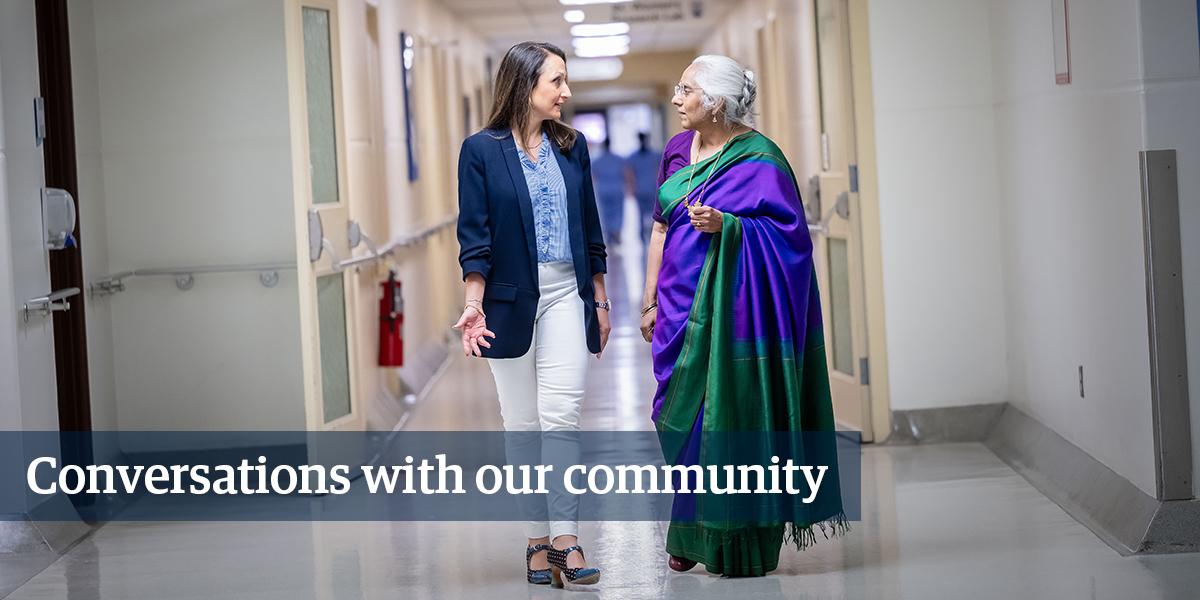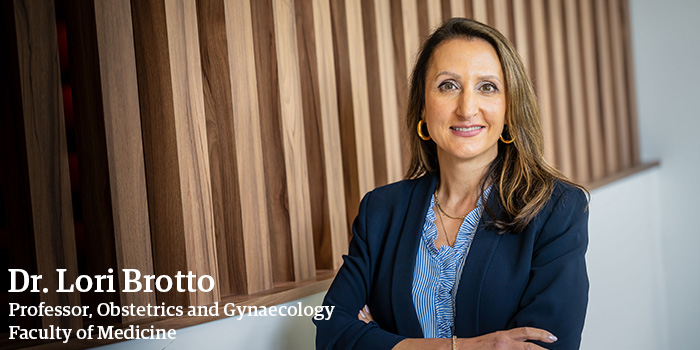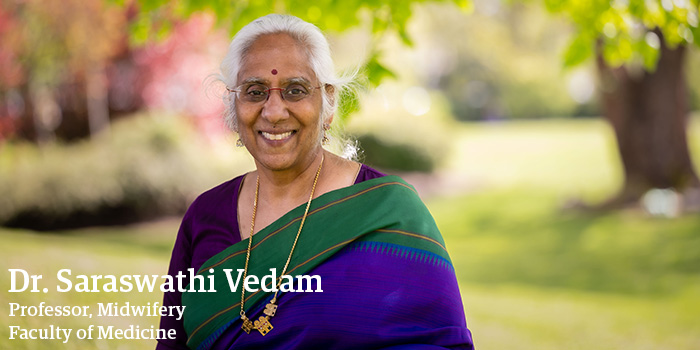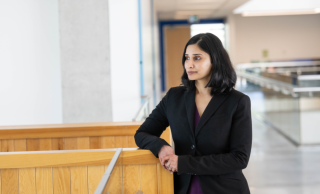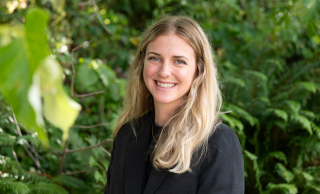Provide an overview of your current research area/s.
LB: The overall goal of my research program is to advance women’s sexual and menopause-related health by generating and disseminating new knowledge to women, healthcare providers, and the general public. My approach is deeply rooted in sex- and gender-based analysis and a comprehensive understanding of life course, aging, and the social determinants of health. Sexual health problems affect as many as one in three women, yet they often go unrecognized and untreated. Despite their prevalence and impact, persistent disparities in care leave many women suffering in silence—underscoring the urgent need for greater awareness, diagnosis, and support.
My research focuses on creating, testing, and implementing digital health tools to address sexual dysfunction in women, as well as specific subpopulations such as cancer survivors.
What first motivated you (or motivates you) to conduct your research/work?
LB: I am motivated by a desire to close the gap in sexual health care for women. Sexual problems in women are common, distressing, and impact many facets of quality of life. Yet, there are barriers that prevent women and gender-diverse people from accessing care. As such, my research has more recently focused on digital health adaptations of effective mindfulness-based and psychological treatments for sexual dysfunction in women, and examining how such approaches can be scaled effectively.
In your opinion, why does gender inequality exist in healthcare research?
LB: In women’s health, there has been a long standing disparity with regards to our knowledge about various health conditions, and how effective treatments are for women. In part, this has been due to inequitable allocation of research funding to women’s health, and a lack of recognition that both sex and gender impact many facets of health, including sexual health. Thankfully, the tide is starting to turn and we are making headway in addressing these inequities.
Provide an overview of your current research area/s.
SV: My research focuses on creating tools to measure healthcare quality, designing surveys to gather important information related to health equity in perinatal services, working with experts to agree on new ways to improve care, and partnering with communities to make research more meaningful and relevant to them.
My scholarship focuses on measuring how different types of care, where someone gives birth, unfair differences in care, and teamwork among healthcare providers affect people's experiences during pregnancy and childbirth.
As Principal Investigator of UBC’s Birth Place Lab, I oversee the transdisciplinary coalition of researchers, community leaders, clinicians, policy makers, legal scholars, and health systems leaders who are actively engaged in advancing high-quality care from pre-conception through early parenting. My team has worked with service users to develop and validate several patient-reported experience measures of respect, autonomy, mistreatment, and equitable access to effective models of care. Our work is focused on: measurement of equity, safety and respect; designing accountability systems for rights-based care; improving health professional education on cultural safety; and expanding representation in the perinatal research and clinical workforce.
My provincial and national studies in the US and Canada examine the links between experience of health services, models of care, and perinatal health disparities.
What first motivated you (or motivates you) to conduct your research/work?
SV: Following my Masters studies on the beneficial effects of upright positions for birth, I spent 17-years working as a midwife in homes, small community hospitals, and large tertiary care centers across the United States. During that time, I witnessed large disparities in outcomes and experiences among my very diverse clientele, many of them attributable to identity and place of birth. I had questions about how best to integrate the lessons I learned about the impact birth environments have on the physiology of labour and birth, and on women’s well-being, across health systems. I started by querying why 98 per cent of certified nurse-midwives (CNM) in the US, who were regulated to attend labour and birth in all settings, primarily practice in hospitals. As a clerk, I had been mentored by CNM who offered a model that included continuity, relationship-based care in all settings including homes, so integration across settings was normalized for me, and seemed to be the logical, safest model for families.
I conducted my first study on the factors associated with CNMs willingness to attend home birth, which included measurement of attitudes. Later, when I came to Canada, where all midwives in BC attended births at home and in hospitals, I adapted that measure to explore cross-disciplinary differences in attitudes to community birth.
As I learned more about the context for care and underserved populations in BC—including forced relocation of Indigenous women for birth and lack of access to midwives—my questions shifted to exploring experiences of perinatal services among historically marginalized communities. I began to explore community-based participatory action research methods—where we are in constant dialogue with the client and family about their priorities and preference for care. When I listened to women across communities, they were speaking of autonomy, respect, and mistreatment.
In your opinion, why does gender inequality exist in healthcare research?
SV: Gender inequality in health care research is just an extension of gender inequities that have existed for generations across the world in education, the workplace, economic independence, family roles, and human rights. Funding structures are designed to value those who have historically held positions of power, access, and influence. In my lifetime those values and people in power have shifted dramatically towards greater gender equity, so I am hopeful for the world my daughters and granddaughter will live in.
